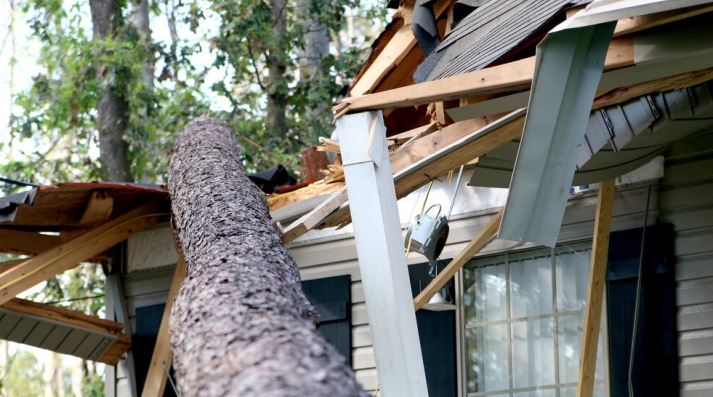
Essential Tips for Public Sector Organizations
Driving in snow and ice requires quick reflexes, patience, and know-how. For public sector organizations, ensuring the safety of employees and the operational readiness of vehicles is paramount. Here are some key guidelines to keep your fleet safe and efficient during winter conditions.
Vehicle Readiness
- Ensure all fleet vehicles are equipped with winter tires, which are designed to stay pliable and grippy at lower temperatures. Regularly check tire tread depth and replace tires when they reach a tread depth of 6/32 inches.
- Conduct regular maintenance checks to ensure vehicles are in optimal condition for winter driving. This includes checking the battery, brakes, lights, and windshield wipers.
Safety Tips for Drivers
- Clear Ice and Snow: Fully clear vehicles of ice and snow before starting off to ensure better visibility and compliance with local laws.
- Drive Slowly: Reduce speed and increase following distance to six to eight seconds to allow for safe stopping.
- Use Low Gears: Maintain traction by using low gears, especially on hills.
- Avoid Overdrive and Cruise Control: Do not use these features on icy roads.
- Follow Snowplows and Sand Trucks: Avoid passing these vehicles and take extra care when passing other vehicles.
- Windshield Maintenance: Keep windshields clean and ensure the washer system has ample anti-icing fluid. Check that fluid jets are not blocked and wipers are not frozen.
- Defog Windows: Use the air conditioner on the fresh-air option to defog windows.
- Use Lights: Drive with lights on during daylight hours to increase visibility. Ensure headlights and taillights are clean.
- Brake Carefully: To prevent skidding, brake gently. If wheels start to lock up, ease off the brakes.
- Watch for Black Ice: Be vigilant for black ice, which can make the road appear merely wet or dry.
- Stay in Lane: Maintain your lane, especially when visibility is poor.
- Be Cautious on Bridges and Overpasses: These areas freeze first and can be particularly hazardous.
- Respond to Skids: If you begin to slide, turn in the direction your rear wheels are sliding. Avoid overcompensating or sudden swerves.
- Keep Gas Tanks Full: Reduce the risk of fuel line freeze by keeping gas tanks topped up.
- Stay Alert: Even with four-wheel drive and snow tires, remain vigilant and cautious at all times.
Before sending vehicles out in bad weather, make sure your organization’s insurance policies are current. Have a discussion with your insurance provider to see if any updates are needed to protect your fleet and reduce financial risks from winter hazards.
By sticking to these guidelines, public sector organizations can keep their employees safe and their vehicle fleets running smoothly during winter.
Contact Us
To learn more about unique public sector risks and how to address them, contact OneGroup’s team.
Matt Maguire, Regional President, North Country at MMaguire@OneGroup.com.
Todd Goodman, Risk Management Consultant at TGoodman@OneGroup.com.
This content is for informational purposes only and not for the purpose of providing professional, financial, medical or legal advice. You should contact your licensed professional to obtain advice with respect to any particular issue or problem. Please refer to your policy contract for any specific information or questions on applicability of coverage.
Please note coverage can not be bound or a claim reported without written acknowledgment from a OneGroup Representative.








